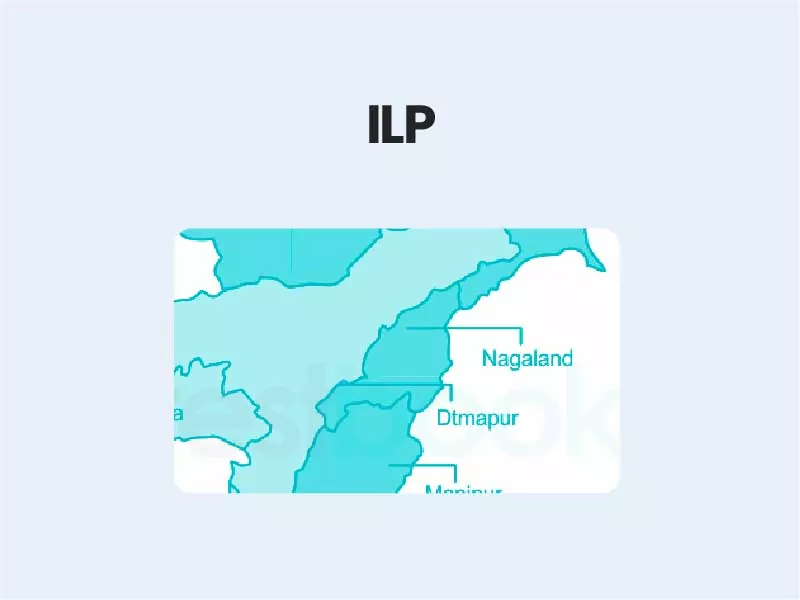Companion@360 → 7 Month programme to sharpen your writing skills → REGISTER NOW

Inner-line permit system in North-East India
What is an ILP?
An Inner Line Permit is an official travel document required by Indian citizens to visit or stay in states and regions where it is applicable. Arunachal Pradesh, Mizoram and Nagaland (except the city of Dimapur) are currently under the ILP system, and Indian citizens who do not belong to these regions need to have the document to visit or stay. Outsiders cannot overstay the timeline mentioned in their permits.
- An ILP is issued by the state government concerned. It can be obtained after applying either online or physically. It states the dates of travel and also specifies the particular areas in the state which the ILP holder can travel to.
Different types of permits are provided based on the period of stay,
- For tourists
- For tenants
- For other employment purposes.
Origin of ILP
The system is an offshoot of the colonial-era Bengal Eastern Frontier Regulations, 1873. The British had brought in these regulations to protect the commercial interest of the crown by regulating entry and exit of Indian citizens from outside these regions for the purpose of trade. After Independence; the Government of India chose to keep the ILP to protect the interests of the indigenous tribal communities of the Northeast. The words, “British subjects (Indians)”, in the original regulations were replaced by “Citizen of India”.
Read Also Nagaland Peace Accord
Why it is needed?
- To avoid and control the flow of illegal migrants mainly from neighbouring countries and limit Migrants from other states.
- To guard and protect the culture, tradition and social values of the inhabitants of the particular areas.
Concerns with regard to CAB:
- The Citizenship (Amendment) Bill aims to make it easier for non-Muslim refugees from Bangladesh, Pakistan, and Afghanistan to obtain Indian citizenship. If it is implemented with provisions for excluding from its ambit the states under the ILP regime, it means that beneficiaries under CAB will become Indian citizens but will not be able to settle in these three states. As a matter of fact, the same restriction applies to existing Indian citizens.
- Arunachal Pradesh and Nagaland are not among those drastically affected by migration from Bangladesh. Mizoram shares a border with Bangladesh. The three states that have seen the highest migration, however, are Assam, Tripura and Meghalaya, none of which has an ILP system.
- While Meghalaya has amended law, it is not yet clear what exact rules, visitors to the state would be subjected too. And officially, it has not been said to be a replication of the ILP regime.
- Demands for an ILP system have been made in various Northeastern states. The North East Students’ Organisation, an umbrella body of all-powerful students’ bodies of the regions, said in a press statement last month that it “reiterates its demand for the overall implementation of the Inner Line Permit (ILP) in all NE states”.
- Last year, the Manipur People Bill, 2018 was passed unanimously by the state Assembly and now is said to be awaiting Presidential assent. The Bill puts several regulations on ‘outsiders’ or ‘non-Manipuri people’ in the state. The Bill had undergone series of negotiations regarding defining the “Manipuri” people, after which a consensus was reached regarding 1951 as the cut-off year for the definition.
- In Assam too, there have been demands by certain sections for the introduction of ILP. Groups like the Asom Jatiyatabadi Yuba Chatra Parishad, a youth organisation, has been organising protest demonstrations seeking ILP throughout the state.
Read Also India – Nepal Relations
Read Also India UK Relations
